Cell as a Unit of Life:
- Cell- is a structural and functional unit of living beings that consists of a membrane-covered mass of protoplasm. Cell was discovered by Robert Hooke in 1665.
- Cytology- is the study of the form and structure of cells as well as their organelles with the help of a microscope.
- Cytoplasm- A part of protoplasm filled within the space of nuclear membrane and cell membrane having cell organelle.
- Hyaloplasm- Cytoplasm without cell organelle.
- Compound- A substance that is formed by the chemical combination of two or more than two substances.
- Protoplasm- The living substance present in the living cells. The cytoplasm and nucleoplasm together form protoplasm.
- Amino Acid- Organic compounds with carboxyl and amino groups. These are the basic building block of protein.
- Carbohydrate- Organic molecules containing carbon, hydrogen and oxygen in the ratio of CH2O. Example- glucose, starch, glycogen, sugar, cellulose.
- Nucleus- A dense body in the centre of the cell having the nucleoplasm and chromosomes. It was discovered by Robert Brown in 1831 and is commonly called as ‘director of the cell‘.
- Monosaccharide- Simple sugar, not digestible by hydrolysis. Example- glucose, fructose.
- Disaccharide- A complex molecule of sugar having two molecules of glucose.
- Polysaccharide- These are composed of several molecules of glucose joined together by glycosidic bonds.
- Mucopolysaccharides- These are polysaccharides formed galactose and mannose. The most common example is mucilage which is produced by the plant as a slimy substance.
- Callus- An unorganized and undifferentiated mass of tissue.
- Totipotency- It is the inherent capacity of living cells to develop into different kinds of cells.
- Adenosine Triphosphate (ATP)– An energy-rich compound that is found in all cells and serves as an energy source for various cellular functions.
- Aster- Bundle of microtubule fibres radiating out from each cell pole during metaphase.
- Basal Body- Cylindrical microtubule containing cell organelle lying at the base of cilia and flagella and similar in structure to centrioles.
- Simple Proteins- These are the proteins that are composed of amino acids only. They form small globular molecules soluble in water or larger globular molecules insoluble in water.
- Conjugated Proteins- These are formed by the binding of a simple protein with a non-protein called the prosthetic group. Example- nucleoproteins.
- Nucleic Acid- Macromolecule or polymer of nucleotides in an unbranched chain; DNA and RNA.
- Ribonucleic Acid (RNA)- A nucleic acid containing phosphate, ribose sugar and the nitrogen base, uracil, besides adenine, guanine and cytosine. Functions in protein synthesis.
- Deoxyribonucleic Acid (DNA)- Genetic material; deoxyribose containing a nucleic acid that stores hereditary information in the form of code words and makes chromosomes and genes.
- Purine- It is a nitrogenous base having 9 membered double ring.
- Pyrimidine- It is a base that has a single 6 membered ring.
- Translation- The synthesis of protein according to the information coded on mRNA.
- Transcription- The process of RNA synthesis on a DNA template.
- Cell Membrane- also called plasma membrane or plasmalemma is a delicate, thin elastic and semi-permeable membrane that surrounds all living cells.
- Permeable Membrane- is one that allows all the substances (solvents) to pass through it.
- Semi-permeable Membrane- also called selectively permeable membrane is one that allows only some selected solvents to pass through it.
- Impermeable- A membrane that does not allow any substance to pass through it.
- Osmosis– The tendency of water to move across a differentially permeable membrane from a dilute to a concentrated solution.
- Differentially Permeable Membrane- Selectively permeable membranes found in living systems.
- Diffusion- It is the movement of particles from a medium of higher concentration to a medium of lower concentration till the concentration of both media become equal.
- Endocytosis- Intaking of large-sized liquid or solid macromolecules inside the cell through the plasma membrane.
- Exocytosis-Expelling of cellular secretions or wastes out of the cell through the plasma membrane.
- Pinocytosis- It is the process of taking liquid substance by a plasma membrane.
- Phagocytosis (cell eating)- It is the process of engulfing solid particles.
- Active Transport- It is the movement of the ions or molecules across a membrane against concentration gradients.
- Passive Transport- It is the movement of ions or molecules across a membrane from high to low concentration along the chemical or electrochemical gradient.
- Tonicity- The external osmotic environment of a cell forms the tonicity.
- Isotonic- When the relative concentration of water and solutes on either side of the cell membrane is the same, the solution is called isotonic.
- Hypertonic- Solution exerting greater osmotic pressure than the cytoplasm.
- Hypotonic- Solution exerting lesser osmotic pressure than the cytoplasm.
- Exosmosis- If during osmosis the water or solvent from the living cell diffuses out, the phenomenon is termed exosmosis.
- Endosmosis-If during osmosis, the flow of water from surroundings into a living cell take place, the process is known as endosmosis.
- Plasmolysis- As a result of exosmosis, the cytoplasm of the cell gets shrunk and moves towards the centre of the cell.
- Crenation- The shrunken appearance caused by exosmosis in erythrocytes.
- Lysosome- is a cell organelle that releases enzymes to hydrolyze the cell contents. Lysosomes also called suicide bags.
- Cytokinesis- The division of cytoplasm during cell division.
- Prokaryote- Organisms lacking a nucleus and membrane-bounded organelles in their cells. Example- bacteria, blue-green algae.
- Eukaryotes- Organisms such as plants and animals, with a well-defined nucleus enclosed in a nuclear envelope and having one or more membrane-bounded organelles in their cells.
- Tonoplast- The membrane surrounding the vacuole.
- Suberin- A water-proofing material secreted by cork cells and endodermal cells.
- Stroma- The granular matrix of the chloroplast.
- Centromere- Region of the chromosome at which spindle fibril is attached during cell division.
- Chlorophyll- Green photosynthetic, light-capturing pigment of plant cells, typically located in the chloroplasts.
- Chloroplasts- are green plastids.
- Chromoplasts- Yellow, orange, or red-coloured plastids containing various pigments like carotenes and xanthophyll, etc.
- Leucoplats- A colourless plastid that stores proteins, lipids and starch.
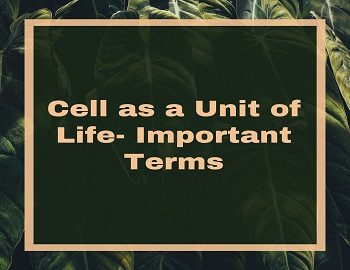

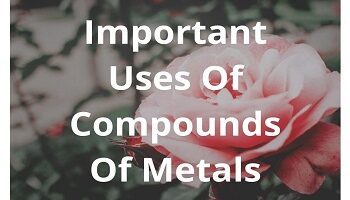
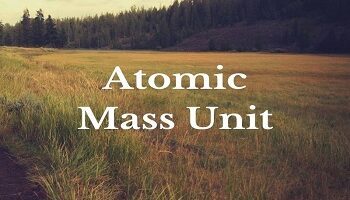

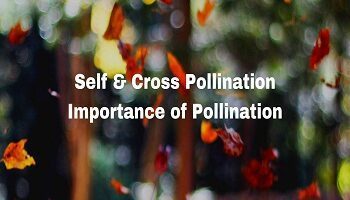
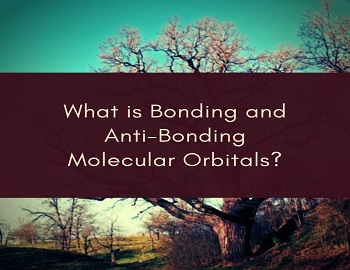
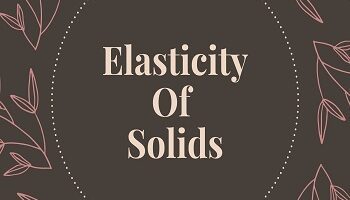

Comments (No)